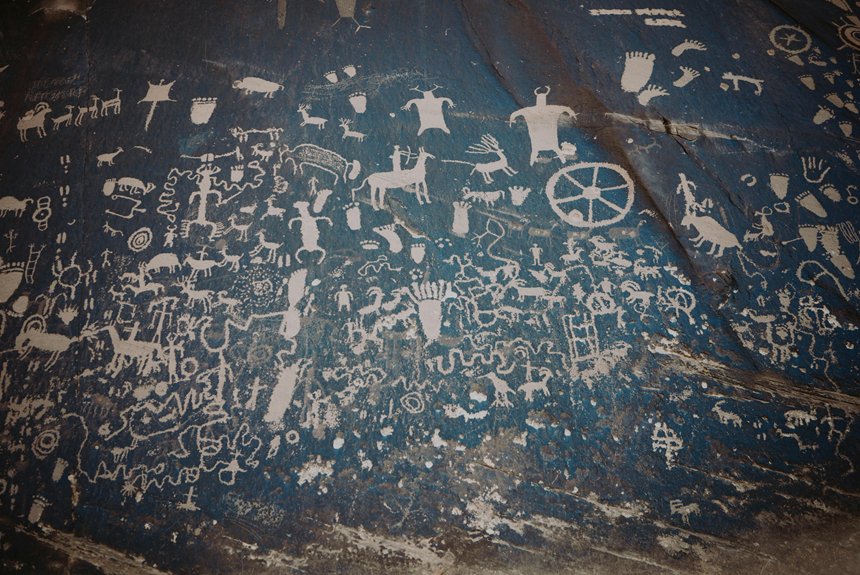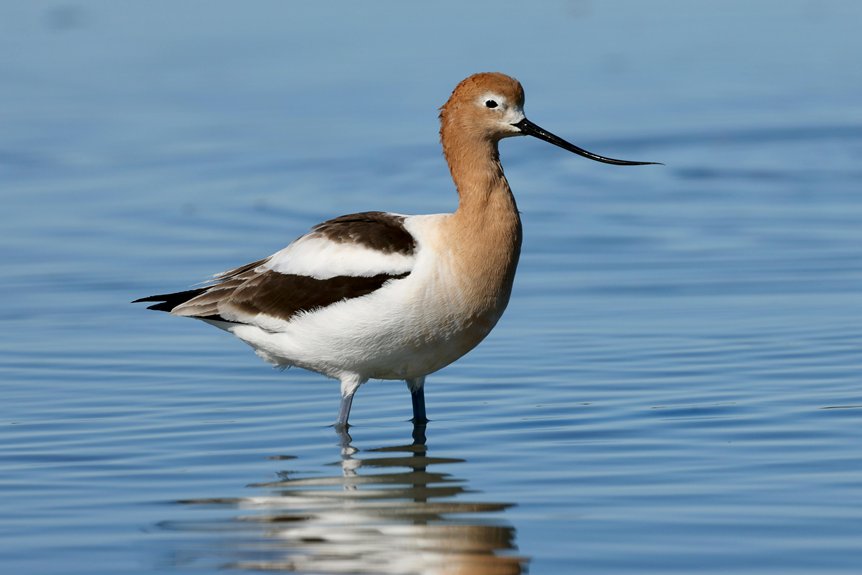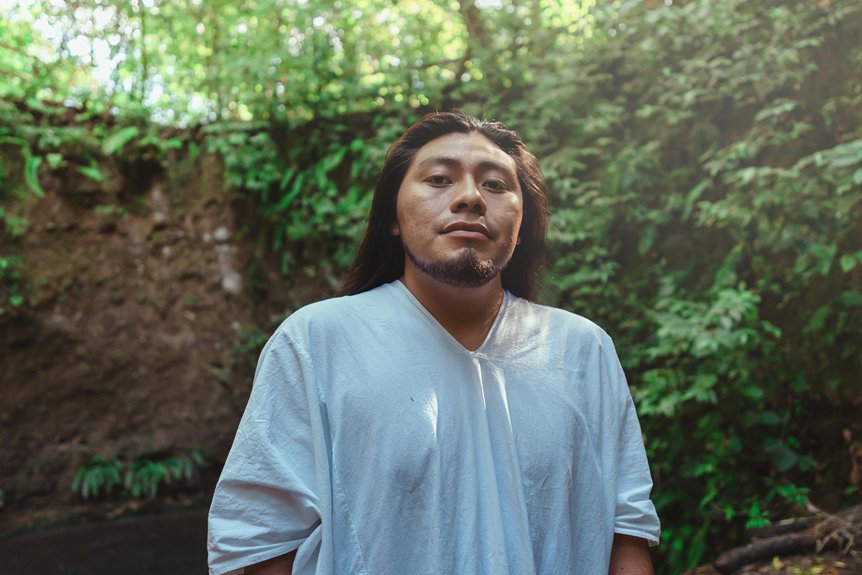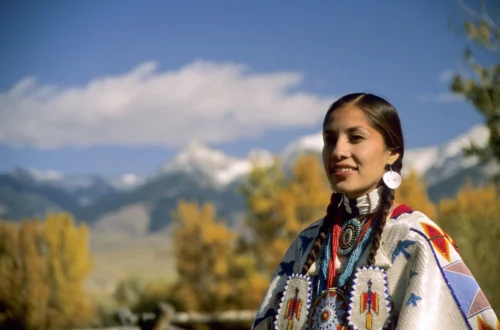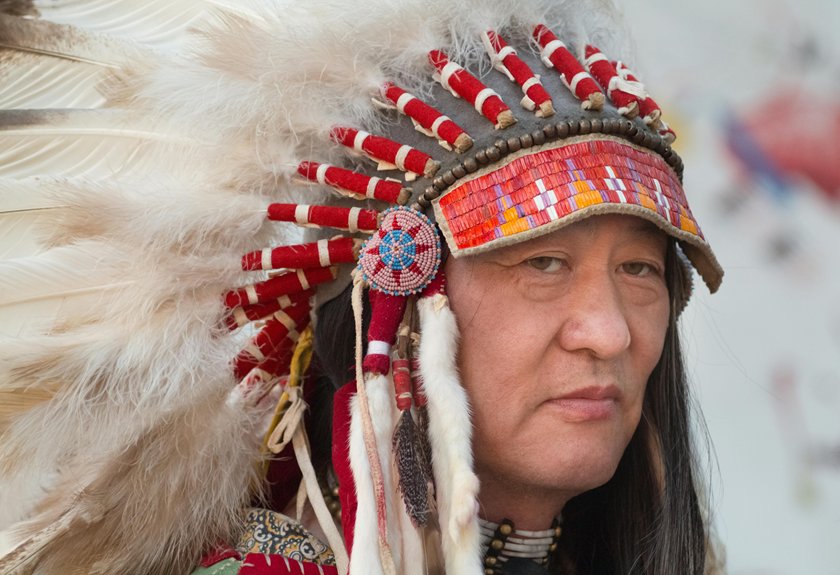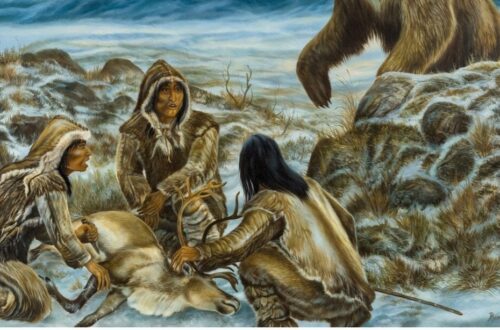Like a tapestry woven from countless threads, the Native American population in the U.S. is diverse and vibrant, with California standing out as home to the largest community. With over 100 federally recognized tribes, the state showcases unique cultures and traditions that enrich its landscape. But what factors contribute to this concentration, and how do these communities navigate their challenges? The answers reveal a complex interplay of history, culture, and resilience.
Overview of Native American Population in the U.S
When you explore the landscape of the Native American population in the U.S., you’ll find a vibrant tapestry of cultures, languages, and histories that span thousands of years.
Native Americans, encompassing over 500 distinct tribes, each possess unique traditions and beliefs, contributing to the rich diversity of the nation.
You’ll discover that these communities have faced significant challenges, including colonization and forced relocation, yet they’ve shown remarkable resilience.
Today, many tribes are revitalizing their languages and traditions, fostering a renewed sense of identity.
Engaging with Native American history means recognizing their contributions to art, agriculture, and governance.
Top States With High Native American Populations
As you explore the states with the highest Native American populations, you’ll encounter a diverse array of communities that reflect the resilience and richness of Indigenous cultures.
States like Alaska, Arizona, New Mexico, and South Dakota stand out, each with unique tribal identities and histories.
Alaska boasts the largest proportion of Native Americans, including the Inupiat and Tlingit peoples.
Arizona is home to significant tribes like the Navajo and Hopi, while New Mexico’s vibrant Pueblo communities showcase their ancient traditions.
South Dakota, with the Lakota Sioux, offers a deep connection to land and heritage.
These states not only nurture cultural practices but also engage in advocacy for rights and recognition, fostering a stronger future for Indigenous peoples.
California: the State With the Largest Native American Community
California stands out as the state with the largest Native American community, showcasing a vibrant tapestry of cultures and histories. With over 100 federally recognized tribes, you’ll find a rich diversity in languages, traditions, and art forms.
From the coastal tribes like the Chumash to the desert-dwelling Mojave, each group contributes to California’s unique cultural landscape. You can explore their heritage through festivals, museums, and community events that celebrate Native American identity.
The state also offers various educational programs aimed at raising awareness about Native American issues and history. By engaging with these communities, you not only gain insight into their struggles and triumphs but also help to preserve their traditions for future generations.
Alaska’s Unique Native American Demographics
Alaska is home to over 200 Native American tribes, each with distinct languages, customs, and histories that reflect the state’s diverse cultural landscape. You’ll find the Iñupiat, Yupik, and Athabascan peoples, among others, each contributing to Alaska’s rich heritage.
The Iñupiat, for instance, have deep ties to the Arctic environment, utilizing traditional hunting practices that sustain their way of life. In contrast, the Yupik emphasize their connection to the rivers and coasts, showcasing unique fishing traditions.
These tribes face challenges, including language preservation and economic development, but their resilience shines through. By understanding Alaska’s Native American demographics, you gain insight into a crucial part of the state’s identity, ensuring their stories and traditions continue to thrive.
The Role of Tribal Nations in State Populations
Tribal nations play a significant role in shaping state populations across the United States, contributing not only to cultural diversity but also to economic and social dynamics. Each tribe brings a unique heritage, language, and tradition, enriching the fabric of local communities.
Their presence can influence state policies, promote cultural awareness, and foster collaboration among diverse groups. Economically, tribal nations often engage in enterprises that create jobs and stimulate local economies, such as tourism and arts.
Additionally, they advocate for social issues affecting their members, enhancing community well-being. By understanding the contributions of tribal nations, you can appreciate the profound impact they’ve on state populations, promoting unity and respect among all citizens.
Factors Influencing Native American Population Distribution
While various factors shape the distribution of Native American populations across the United States, historical, geographical, and socio-economic elements play crucial roles.
Historical treaties, land allotments, and forced relocations have markedly impacted where Native communities reside today. Geographically, many tribes are concentrated in specific regions, often near ancestral lands or reservations. This connection to the land is essential for cultural preservation.
Socio-economically, access to education, healthcare, and employment opportunities also influences migration patterns; individuals might move to urban areas seeking better resources. Additionally, ongoing efforts for tribal sovereignty and self-determination encourage some to return to their home communities.
Understanding these factors helps you appreciate the complex tapestry of Native American life and the ongoing resilience of these communities.
Cultural Contributions of Native American Tribes
Native American tribes have made significant cultural contributions that enrich the broader tapestry of American society. You’ll find their influence in art, music, and storytelling, showcasing a deep connection to the land and heritage.
Traditional crafts like beadwork and pottery not only reflect intricate designs but also tell stories of identity and history. In music, indigenous rhythms and instruments, such as drums and flutes, resonate within contemporary genres, bridging past and present.
Additionally, oral traditions pass down wisdom and teachings that emphasize community and respect for nature. By embracing these contributions, you gain a deeper appreciation for the diverse cultural landscape of the United States, understanding how Native American tribes continue to inspire and educate.
Challenges Faced by Native American Communities
Despite a vibrant heritage and rich cultural contributions, many Native American communities face significant challenges today. You might encounter issues like poverty, limited access to healthcare, and inadequate educational resources. These obstacles stem from historical injustices and ongoing systemic inequalities.
Many tribal lands struggle with economic development, leaving residents without job opportunities. Additionally, the loss of language and cultural practices can lead to diminished community cohesion and identity. The high rates of substance abuse and mental health issues further complicate these challenges, often linked to historical trauma.
Understanding these issues is essential; by acknowledging the struggles Native American communities face, you can support their efforts toward resilience and revitalization, helping to preserve their rich cultures for future generations.
The Future of Native American Populations in the U.S
Looking ahead, the future of Indigenous populations in the U.S. holds both challenges and opportunities shaped by resilience and cultural revitalization.
As you explore this landscape, you’ll find a growing movement to reclaim languages, traditions, and land, fostering stronger community bonds. Increased access to education and technology is empowering Native youth, allowing them to advocate for their rights and navigate contemporary issues.
Collaborative efforts with non-Indigenous allies can further amplify voices, addressing systemic injustices. However, economic disparities and environmental threats remain pressing concerns.
